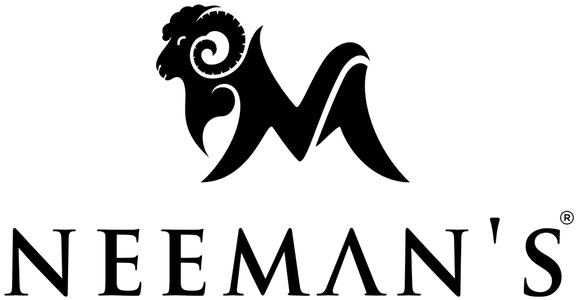In 2025, electronics shoppers are confident, calculated, and more brand-fluid than ever. And they’re putting that intent into action: Global consumer electronics sales were up 15% year-over-year in Q2, according to data across thousands of Criteo partners.
Backed by a global survey of over 14,000 shoppers and extensive retailer and brand data, our Global Consumer Electronics Pulse 2025 uncovers what’s powering purchase decisions today—and how marketers can stay one step ahead.
From smarter research habits to cross-channel buying behavior, here are six essential trends to help marketers supercharge their next retail media or performance media strategy.
Confidence keeps the current flowing
Globally, 63% of consumer electronics shoppers expect to maintain or slightly adjust their spending over the next six months. Only a small minority anticipate significant cutbacks.
While concerns over tariffs have accelerated some big-ticket purchases—especially in the US (40%) and UK (36%)—most shoppers are holding steady, adopting a measured, confident approach to macroeconomic uncertainty.

Source: Criteo Shopper Survey, 2025Q2, Consumer electronics and home appliance buyers (N=2619).
Level up your strategy: Retail media teams should prioritize always-on visibility and value-driven placements to stay top-of-mind. Performance media marketers can lean into reassurance messaging that emphasizes reliability, product quality, and long-term value.
Seasonal shopping starts ahead of schedule
Nearly half (47%) of electronics shoppers wait for promotions or major sales events before buying. This trend is especially strong in the US (56%) and South Korea (50%).
On top of that, 48% plan to begin their holiday shopping earlier than usual, creating an extended window for marketers to engage.

Level up your strategy: Retail media should ramp up early seasonal placements and flash sales visibility. Performance media teams can retarget early-browsers and capitalize on pre-sale intent with lead-up campaigns and countdown creatives.
Smarter shopping, powered by AI
Electronics shoppers are highly research-driven, with 66% comparing prices online, 57% reading reviews, and 54% checking prices in-store on their phones. South Korea and France are leaders in deep-dive research habits.

Compared to the average shopper, consumer electronics and home appliance buyers are adopting AI tools like ChatGPT, Google Gemini, and brand chatbots to search, compare, and evaluate products faster and more confidently.

Level up your strategy: Retail media marketers should maintain consistent messaging across platforms, including product pages, search, and social. Performance media should integrate AI-optimized targeting and content and reinforce credibility with user-generated content and reviews.
The comparison game is on
Electronics purchases don’t happen fast. Shoppers evaluate an average of 22 products before buying, especially in high-consideration categories like laptops, TVs, and mobile phones.

And they’re open to new players. Up to 39% have bought from a brand they hadn’t purchased in the past year. For video game consoles, brand exploration jumps to 59%.

Level up your strategy: Retail media should ensure broad visibility across high-traffic pages and category banners. Performance media can leverage personalized retargeting and product feed optimization to stay in the running during prolonged decision journeys.
Ecosystem thinking drives cart growth
When shoppers buy a specific consumer electronics product, they’re often primed to buy a complementary one. Tablet buyers are 7.7x more likely to purchase a stylus, TV buyers nearly 2x more likely to add speakers, and laptop buyers are 1.5x more likely to pick up a tablet.
Impressively, gamers are up to 9x more likely to grab monitors and headsets.

Level up your strategy: Retail media should highlight bundles, cross-category placements, and “frequently bought together” features. Performance media teams can drive upsells and cross-sells with smart sequencing and dynamic creatives tailored to the primary purchase.
Brand loyalty gets a wider playing field
Consumer electronics shoppers are increasingly loyal to brands—but not to where they buy them. Those who purchase the same brand from multiple retail sites transact 1.6x more frequently and generate 1.8x higher order values than those who stick to a single online store.
But with broader browsing comes broader exposure: Shoppers view nearly 2x as many brands when browsing on multiple retailers compared to when they browse a single site. This expanded discovery widens the window for brand switching, especially in competitive categories.

Level up your strategy: Retail media marketers should maintain consistent, standout visibility across retailers to reinforce brand preference during extended discovery. Performance media teams can use cross-retailer insights and retargeting to re-engage shoppers before they drift to competing brands.
Supercharge your campaigns
Whether shoppers are powering through product comparisons or diving into AI-assisted decision-making, the future of consumer electronics marketing is connected and full of opportunity. Winning brands will show up early, stay visible, and guide shoppers through every click, scroll, and search.
Read the full Global Consumer Electronics Pulse 2025 report to get all the insights and strategies.























